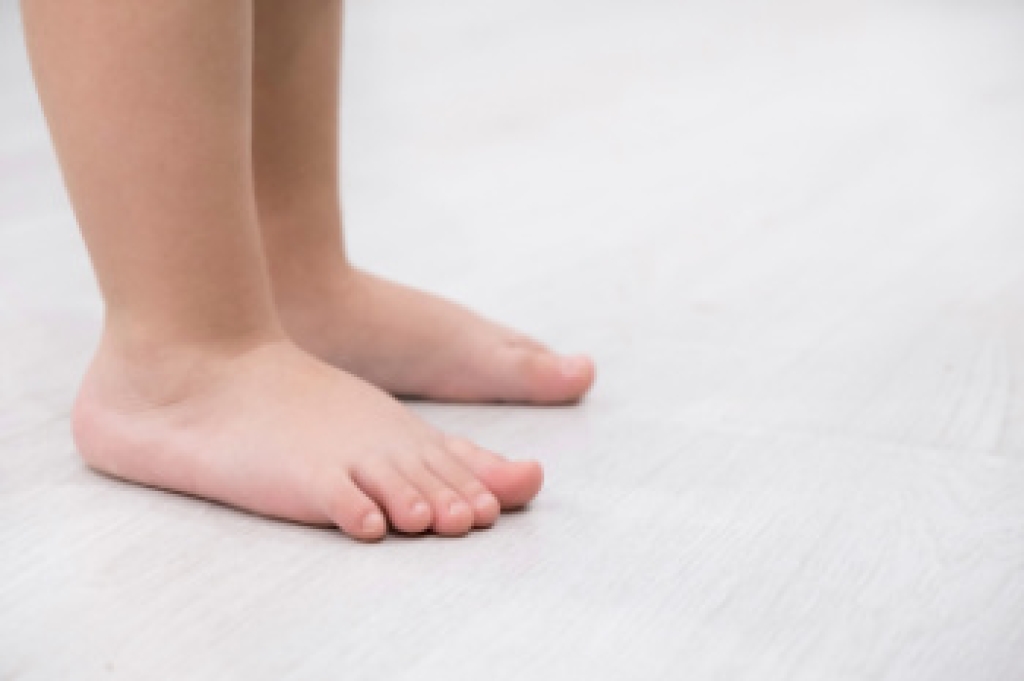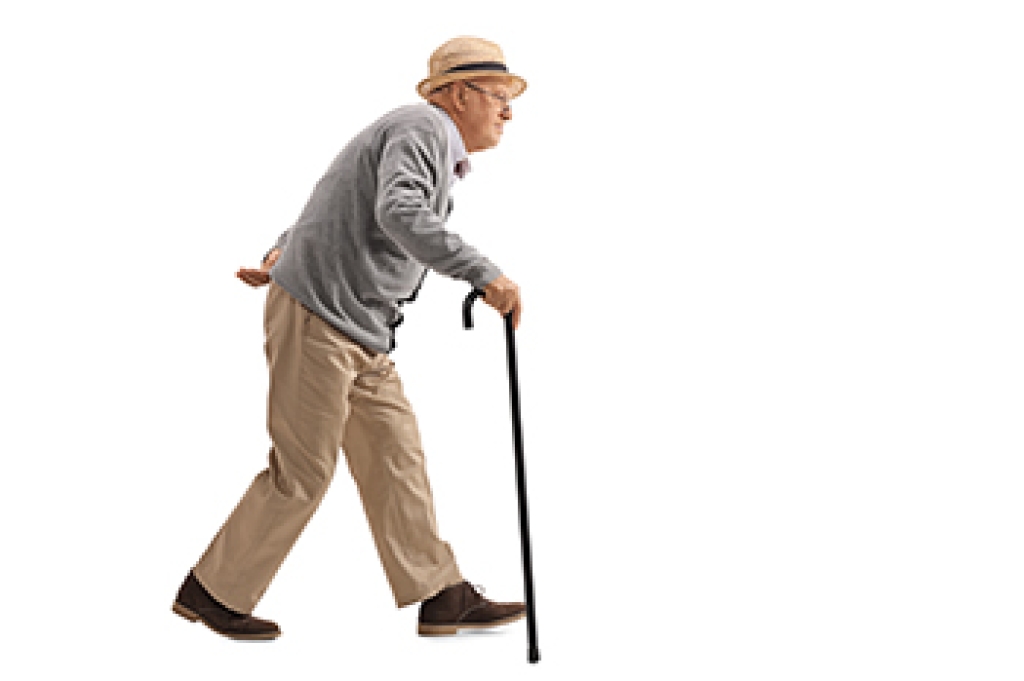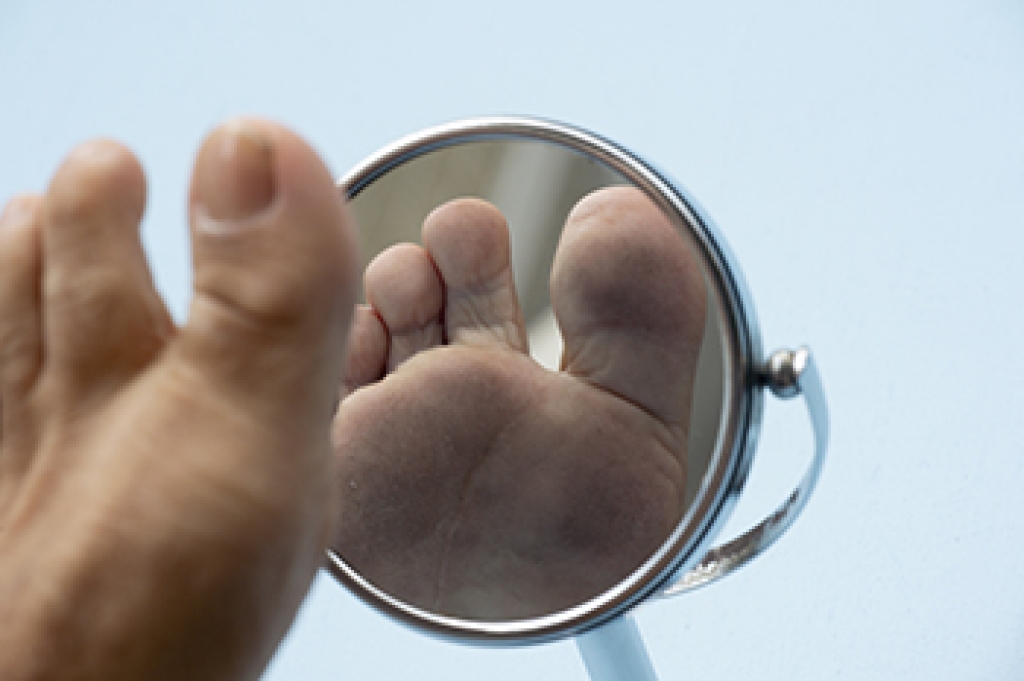
As the vibrant hues of spring emerge, it is time to turn our attention to preparing our feet for the season's adventures. Winter often leaves our feet neglected, enclosed in thick socks and boots, leading to dryness, calluses, and even fungal infections. Start by indulging in a rejuvenating foot soak, softening the skin and easing tension accumulated over the colder months. Follow up with gentle exfoliation to slough off dead skin cells, unveiling soft, supple soles. Nourish your feet with a rich moisturizer, paying extra attention to heels and cuticles. Trim nails straight across to prevent ingrown toenails and ensure a neat appearance. It is beneficial to assess your footwear and choose breathable, supportive, shoes that accommodate the changing weather conditions and your springtime activities. If you would like additional information about effective foot care routines, it is suggested that you consult a chiropodist.
Springtime is the season that many people use to get back into exercising and sports. It’s also a time when foot and ankle injuries may be more common. If you have a foot or ankle injury, please consult with one of the specialists from Thornhill Foot Clinic. Our chiropodists can help you maintain the health of your lower limbs and your mobility.
Common Foot and Ankle Problems in Spring
- Plantar fasciitis
- Achilles tendonitis
- Shin splints
- Strains
- Sprains
- Fractures
- And more
Avoiding Injury
- Increase physical activity slowly and gradually
- Wear comfortable, well-fitted shoes and socks
- Take time to rest following a workout
- Recognize and treat any injuries promptly
Treatment at Home
- Rest the injured foot
- Apply ice to reduce swelling
- Compress the injured foot with a bandage
- Elevate the foot to prevent swelling
Serious, chronic, or particularly painful injuries require medical care by a professional. If you have any questions, please feel free to contact our office located in . We offer the newest diagnostic and treatment technologies for all your foot care needs.




